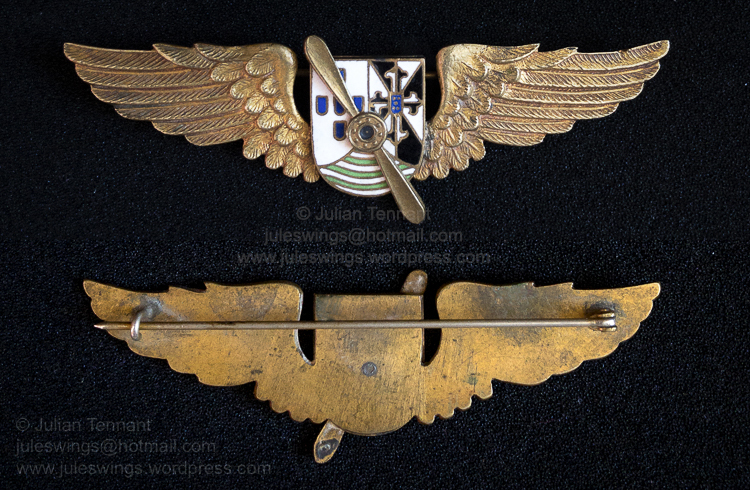The Darwin Aviation Museum – Northern Territory, Australia


Replica of a Supermarine Spitfire Mk VIII on display at the Darwin Aviation Museum. Photo: Julian Tennant
The Darwin Aviation Museum (formerly known as the Australian Aviation Heritage Centre) is situated about 8km from the Darwin CBD, on the Stuart Highway in the suburb of Winnellie. It grew out of the activities of the Aviation Historical Society of the Northern Territory Inc which was established in 1976 with the aim of recovery, restoration and document of aviation relics related to the defence of Darwin in World War II.









Over the years the museum has expanded to cover all aspects of aviation history in the Northern Territory and today it features one of the largest private collections of aircraft and aviation artifacts in Australia. Housed in a custom built hangar that was opened in 1990 after the Society was able to secure a B52 G bomber and currently exhibits 19 aircraft, 21 engines and numerous other related displays.
Aircraft include a B-25D Mitchell Bomber (one of the few surviving in the world), a replica Spitfire, Mirage, Avon Sabre, a Royal Australian Navy Wessex helicopter that assisted in the clean-up of Darwin after Cyclone Tracy, F-111C and the centerpiece, the aforementioned Boeing B52 G Stratofortress 92596 “Darwin’s Pride.” This aircraft entered service with the USAF in December 1960 and made its last flight (to the museum) on 1 September 1989. The museum was chosen for its final resting place as Darwin Airport allowed B52 Bombers to take off at their maximum ‘take off weight’ with full fuel tanks or payload.


This relationship with Australia’s American allies is well documented in the museum and includes several artifacts from the USAAF’s 33rd Pursuit Squadron which flew P-40 Kittyhawks and was virtually wiped out when the Japanese attacked on 19 February 1942, right up to the present day deployment of the Marine Rotational Force – Darwin (MRF – D).






One of the aircraft that I was pleased to see was the De Havillland DH104 “Dove” called Manatuto after a town on the north coast of East Timor. My interest in this aeroplane relates to a beautiful civilian Transportes Aéreos de Timor pilot’s wing that I hold in my collection.


The Manatuto was registered to the Portuguese Government and operated by the Transportes Aéreos de Timor (Timor Air Transport). Originally based at Dili, Manatuto provided regular passenger, mail and cargo service throughout Timor and to Darwin. In October 1975, just before the Indonesian invasion of Timor, the aircraft flew to Darwin. It was admitted to Australia as an ‘aircraft in transit’ but was subsequently declared an illegal import and impounded after the Indonesian invasion before finally being donated to the society by the Portuguese Government in 1978.
Unlike the Darwin Military Museum, which I reviewed in my previous post, the provenance of the exhibits here are well documented and as a collector whose focus is uniforms and insignia I found several pieces that aroused my interest including some of the less well known RAAF uniforms from recent times.









The museum also has a small cafeteria and bookshop which, in addition to their range of aviation and military histories also has model aircraft as well as generic Northern Territory related paraphernalia for sale. Overall, this is an interesting museum well worth the few hours I spent examining the exhibits. It is quite easy to get to using public transport as the number 8 bus stops at the front gate, but if you have a hire car and can set a day aside, I’d suggest combining it with a trip to the Defence of Darwin Experience and Darwin Military Museum at East Point which is about 20 minutes away.

The Darwin Aviation Museum
557 Stuart Highway
Winnellie Darwin, NT 0820
Australia
Phone: +61 (0)8 8947 2145
Email: info@darwinaviationmuseum.com.au
Website: https://www.darwinaviationmuseum.com.au/
Open: Every day 09:00 – 17:00
Entry Fees:
Adults: Au$16
Children under 12: $8
Seniors (65+): Au$12
Family pass: Au$36.00








